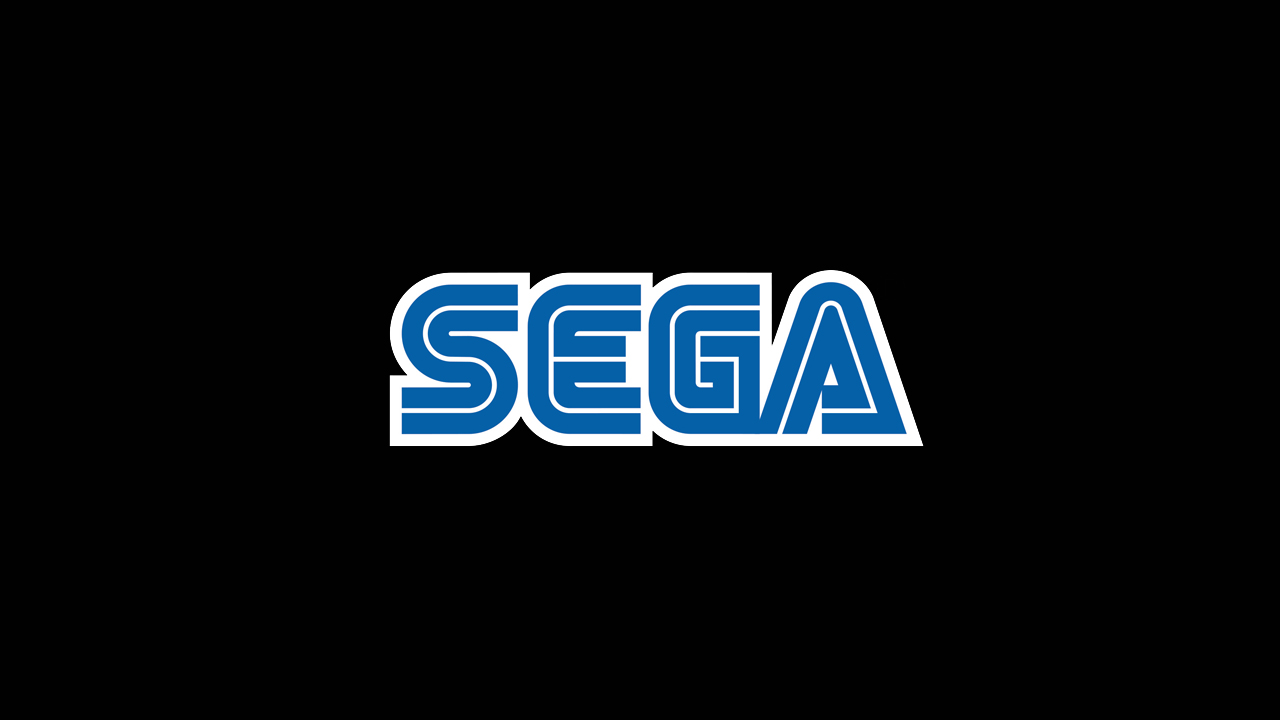
SOA’s Moore Speaks to Senate: Complete Transcript
The Sonic Scene has obtained a copy of the speech Peter Moore of Sega of America gave to the US Senate on Wednesday. Here it is, in its entirety:
PETER MOORE, PRESIDENT & COO, SEGA OF AMERICA, INC
US Senate Commitee on Commerce
13 September 2000
Good morning Mr. Chairman and members of the Committee. My name is Peter Moore, President and Chief Operating Officer of Sega of America. I am very glad to have volunteered to be here today as we work together to address the concerns of the public and the consumer market. I see these as two distinct groups comprised of the same people, made different only by the gap in perceptions of government and private industry. So, I am pleased to offer the experiences of Sega and to listen to your concerns so that the interests of the consumer market and public are both addressed, and the gap in perceptions is narrowed.
Further, I am glad to be here as the parent of three young children: the oldest, Tara, is 17-years-old; my 14-year-old son Tyler is an avid gamer, and his younger sister, Tony Marie, is 8-years-old. The issues the Committee is addressing today are issues that, like most parents, my wife and I must address everyday as we decide channel-by-channel, film-by-film and game-by-game how we want our children spending their entertainment time. I’m sure you will agree with me that parental responsibility and choice are key to protecting the interests of the children of our country.
To start, I’d like to offer background on Sega. Sega is almost 50 years old and was started by former U.S. Army officers, manufacturing and distributing pinball machines to the U.S. troops abroad through the 1960’s and 70’s. In fact, the name Sega is created from the words SErvice GAmes.
Sega broke new ground in entertainment in the 1980’s by developing the first simulation type video games. In 1998, Sega’s historic role in leading video game development was recognized by the Smithsonian Institution during a an exhibit on innovation where the world’s first 3-dimensional interactive video game, Virtua Fighter, was on display.
Continuing our cutting-edge innovations in home gaming entertainment, Sega sells a game console with the highest-speed processor on the market today, the Sega Dreamcast system, which offers users phenomenal, realistic graphics. We also develop our own games for use on Dreamcast. Additionally, third-party publishers also produce games for Dreamcast.
Our newest service, SegaNet, is an Internet-based video gaming network that gives gamers the opportunity to play their Dreamcasts and PCs against their friends through the Internet. It was kicked off only last week, with gamers playing football against rivals, across the country. Another first for the entertainment industry.
For the industry overall, the U.S. market is by far the world leader, earning over 7 billion dollars last year in software and console sales. Sega of America is one of the top software publishers and advertisers in this industry.
Because Sega has historically been at the vanguard of video game innovation, we are pleased to begin a dialogue with you in the last few days of the 106th Congress.
Just as you feel a responsibility to the people who elected you, we at Sega also feel a responsibility to the people who spent almost 7 billion dollars last year on video games. Because many of your constituents are our customers, you and I have a mutual interest in building a more complete understanding of this community.
I speak of my responsibility as a parent and of Sega’s responsibility as a corporation because, for me as President of the company, the two are intertwined. Just as I am responsible for choosing the entertainment for my children, I feel strongly that it is Sega’s responsibility to educate parents so they can make informed decisions. I know this first-hand.
Toward fulfilling that responsibility, Sega in 1993 introduced a voluntary rating system for our products which was the forerunner of the Entertainment Software Rating Board, or E.S.R.B., the independent organization that develops the age-range and content rating system for video games.
Building upon the E.S.R.B.’s commitment to protecting the consumer, within the past year have unveiled the Advertising Review Council, which sets guidelines for all video game advertising content. The A.R.C.’s mandate is to ensure that industry ads are appropriate, responsible, truthful and accurate and marketed appropriately to the correct audiences.
Over the past few months, Sega has worked closely with the Federal Trade Commission to share information on our products and marketing programs. We are glad to have participated in this endeavor as it offers mutual opportunities for both my company and the FTC. First, it allows Sega an opportunity to further educate the Commission on the consumer market that we serve as well as our business practices within that market. Concurrently, it allows us the opportunity to hear the concerns that the Commission carries in its effort to address questions from the public.
The results of this dialogue and information sharing, as outlined in the FTC’s report released Monday, show that over the past year, the electronic gaming industry’s self-imposed regulations have had great success. This effort includes industry members following careful age- and content-rating procedures implemented by the E.S.R.B., carefully and clearly labeling our products – not in code, but in plain English. These efforts are positively impacting parental education about the rating system.
The FTC’s survey this year showed that 54% of “parents are at least slightly familiar with the system” believe it to be excellent or good. That’s a substantial increase in only one year, when from a 1999 FTC survey, 20% of parents thought the rating system helpful. That success is due directly to our hard work and efforts to serve and educate our consumers.
Although many marketing plans for M-rated games in the report stated primary or secondary audiences as being 12 to17 year olds, that is simply a practice that we do not condone. I assure you that we are working to ensure that such instances do not happen in the future.
I do feel, however, as I read the section of the FTC report that addresses marketing, that their expectations and criticisms are based on unrealistic assumptions. For example, on page 47’s analysis of the industry’s print advertising in gaming publications, I will find it extremely difficult to justify banning M-rated game titles from a magazine that has over half of its readership aged 17 or older. It is neither practical nor fair to imply that we should bypass advertising media targeted to the gaming enthusiast simply because of the possibility of spillage to a younger demographic.
I also take issue with the portion of the report addressing television advertising, saying that simply because we advertise during such widely popular shows as, The Simpsons, The X-Files, and Baywatch, that our plans are — and I quote this from the report – “strongly suggesting that children under 17 were being targeted.” Unfortunately this information in the report is misleading.
For example, according to the Nielsen ratings for the 2000 television season, many popular programs have audiences that are significantly over 18-years-old: The Simpsons has 71% over-18; Malcolm in the Middle at 70% over-18; Friends in cable syndication has over 79% 18-years or above.
This type of speculation is unconscionable in a document that has all the appearance of a scientific survey. These TV shows have wide, mainstream appeal, and as such, they inevitably capture some younger and older consumers than the shows’ core audiences.
In any industry that markets its products, there’s always the challenge to not only reach your target audience, but also to break through the clutter of messages that bombard people everyday. Even more difficult is to silo messages to only one demographic group without having any unintended spillage into other demographic groups.
Having said that, I also want you to know that we are thoughtful and sensitive to the fact that children may be unintentionally receiving messages meant for an older audience. In recognition of such a situation, Sega and the IDSA both enjoy close relations with our retail partners and continually work with them to develop new programs to educate consumers about the age and content suitability of video games.
Sega, the I.D.S.A., E.S.R.B. and retailers are all working together in a very tight, very well thought-out and very well-managed system. I am troubled by this report, and similar innuendo in political stump speeches, that overlooks our positive efforts and instead generalizes that the industry routinely and overtly markets to audiences younger than designated by E.S.R.B. ratings. Such sweeping generalizations over-simplify and sensationalize the issue, and unfairly indict responsible companies such as Sega for the isolated mistakes of others.
Aside from my position at Sega, as a father of three young children, I am angered that, based on a handful of instances, government officials point an accusing finger at an entire industry as the cause of all youth violence. Any responsible parent knows that there are a multitude of factors involved in childhood development. The more time our government spends scape-goating one of the thousands of impressions made everyday on children, the less time is spent on real, sustainable solutions.
Mr. Chairman, Members of the Committee, I know we all want the same goal: we want every child and every family to be informed and involved in daily decisions. We in the electronic gaming industry have proven ourselves committed to that goal and we intend to push further. We want to work with you. We want you to understand our business practices, based on fact, not assumptions. We want to learn of your concerns and thoughts. We are an industry that is served by some of the most artistic and creative people ever, but we know that no one corners the market on creativity. We are open to suggestions, but suggestions based on reality, not speculation.
I want to thank you for this opportunity, to offer our significant experience as we work together to address concerns of the public we both serve. Thank you.
So far, gamers are calling this speech very well said and could be a big plus for the video game industry in general. Let’s go to the DC Tech Pages, where Darkness praises Moore’s comments:
I have to give Mr. Moore some props. That was a nice speech. I wish more companies had the gumption to say what he just said.
JVD: I too wish more people would stand up to the masses of idiots in this country. Peter Moore is a god to me right now. No one has the balls to say something like that to Congress. Everyone is scared that they will be shot or worse sent to Canada 🙂 It’s about time the video game industry stood up for its self and who is better suited to start this stand than Sega.
And, finally, SonicFan: Some senator was going on and on how the they cross market M rated games with kids toys, he held up WCW Hardcore Heat (DC version), then went into how bad it was that they sell toys like figurines to kids as young as four. Fishback went into this in his opening statement, that he had it all wrong he was, that the WCW owns these characters and has nothing to do with the toys. In fact, Acclaim pays WCW to use their wrestlers. The esteemed senator came across as very uninformed.
They spent more time going after the movie and music industry actually, (Eminem is an easy target) and IMO Peter Moore was the class act of those that I got to see.
That’s your coverage for now, but rest assured there’s more on the way.






